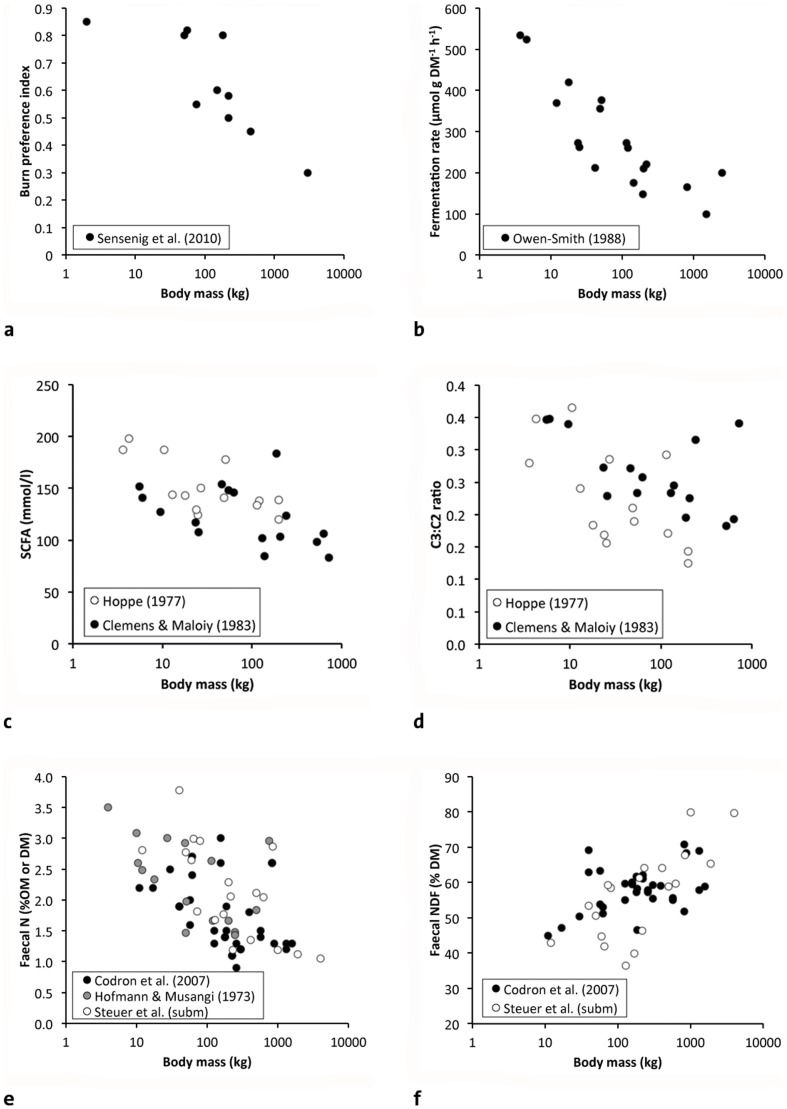Figure 3. Relationship between herbivore body mass (BM) and characteristics of the natural diet that are indicators of diet quality/degradability from comparative studies in African mammals.
a) BM and the preference for newly burned savanna patches from Sensenig et al. [55] (note that the study did not include rhinos or hippos); b) BM and in vitro fermentation rates (a proxy of microbial digestion) in rumen, forestomach (hippo) or caecum (elephant) contents [42]; c) BM and the concentration of short-chain fatty acids (SCFA, which represent products of microbial digestion) [135], [141]; d) BM and the ratio of the SCFA propionate (C3) to acetate (C2) (a proxy of the proportion of easily fermentable carbohydrates in the diet) [135], [141]; e) BM and nitrogen content of faeces (a proxy for diet digestibility; [18] – organic matter OM basis, [142] - OM basis, [143] – dry matter DM basis); f) BM and the neutral detergent fibre (NDF) content of faeces [18], [143].

